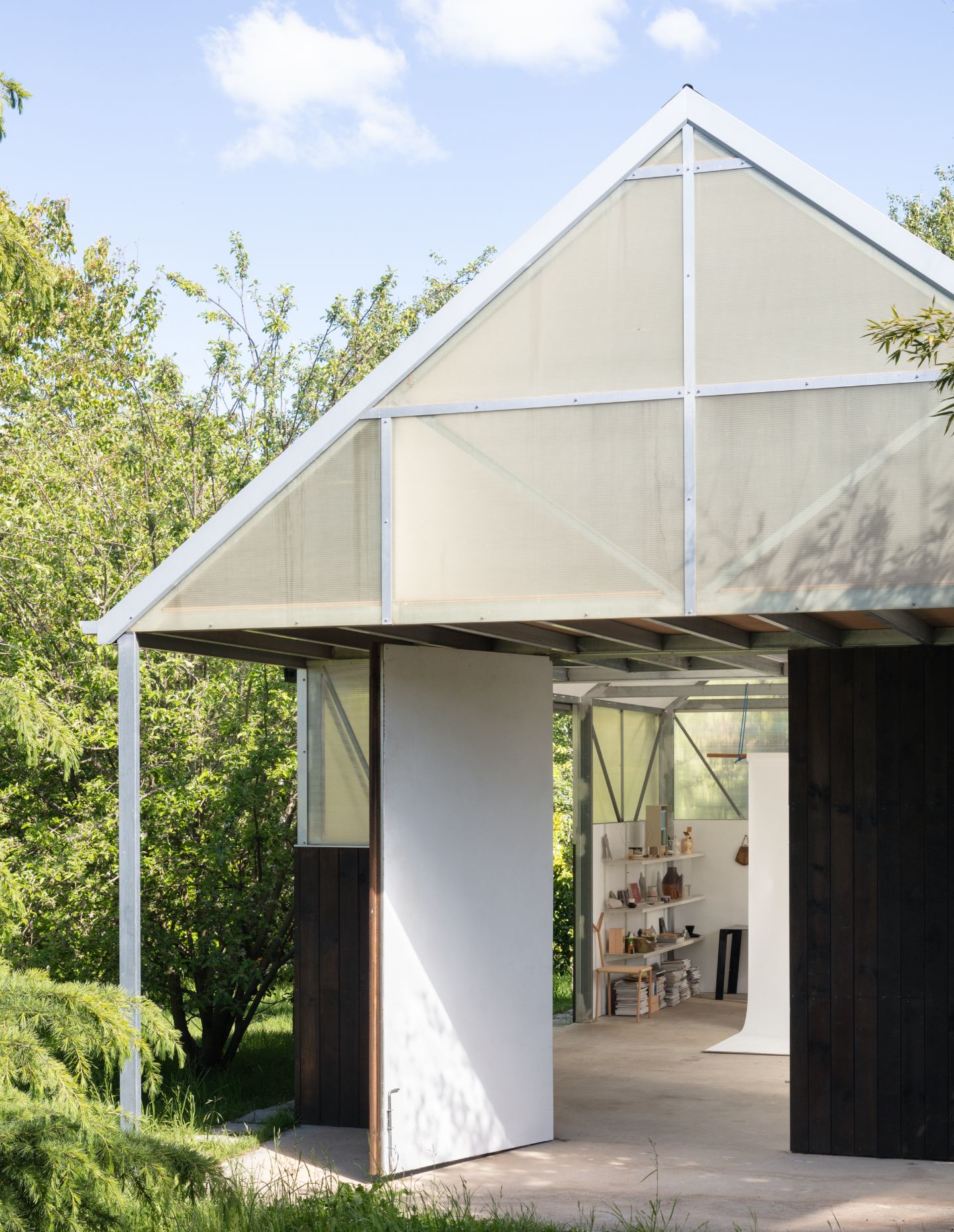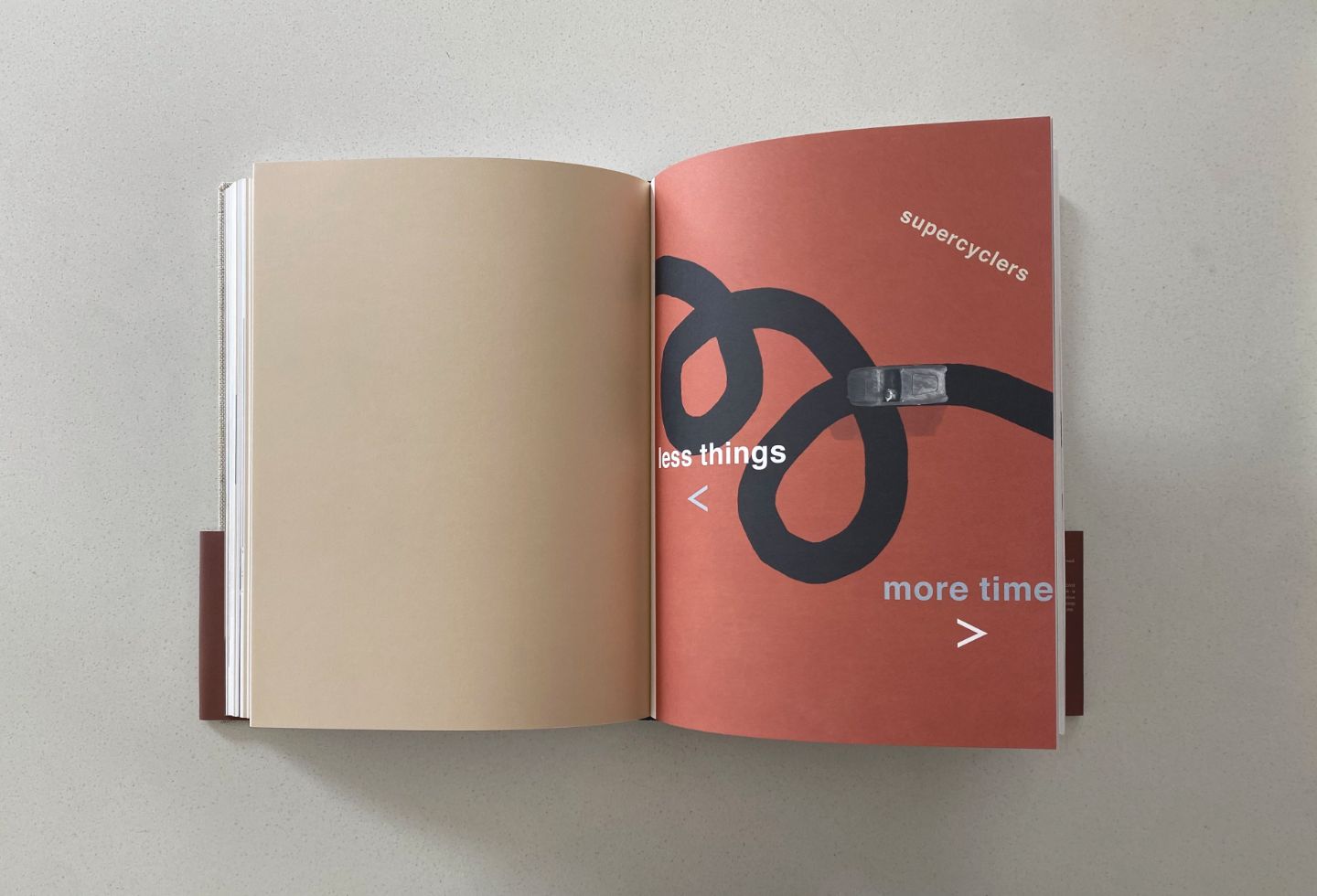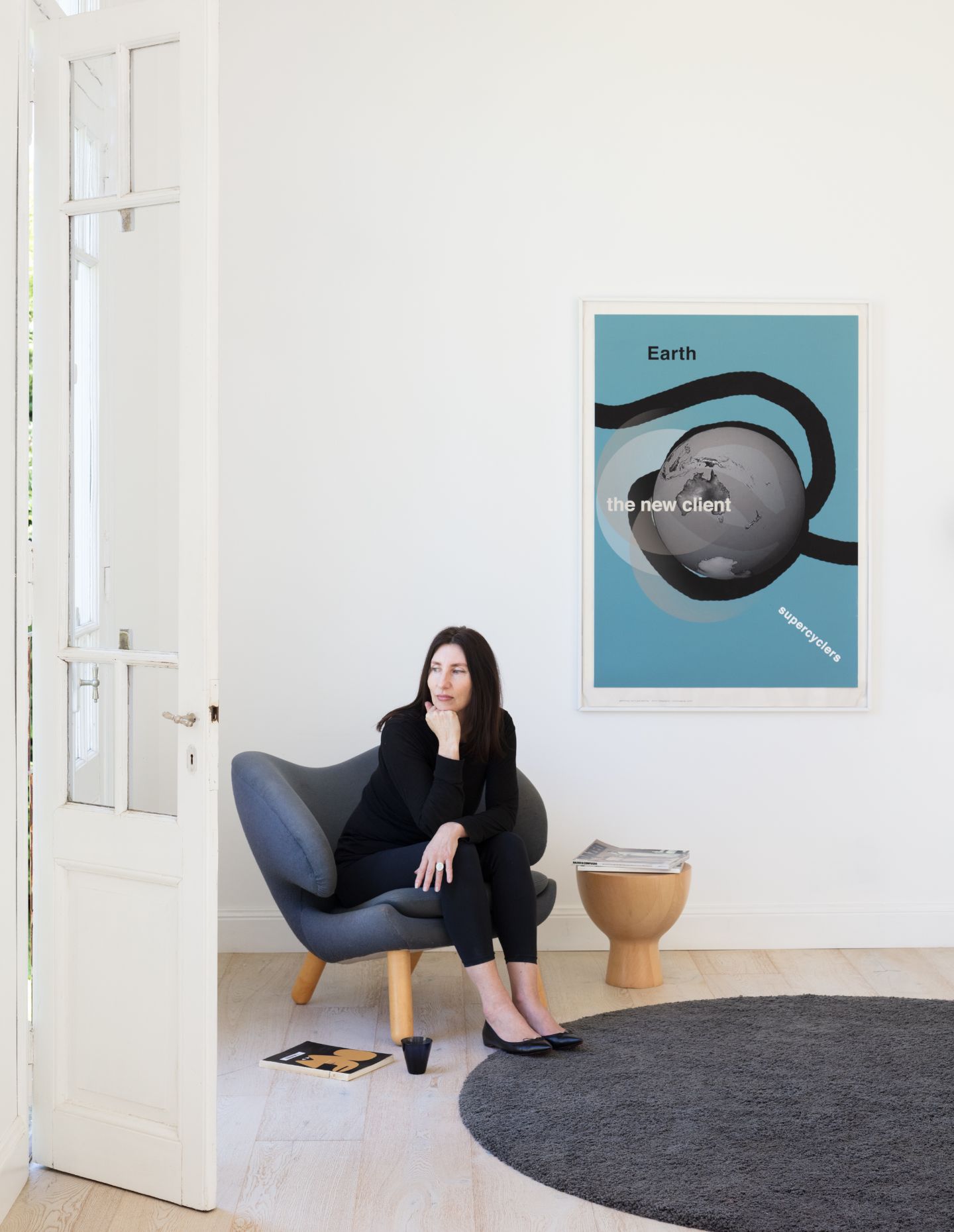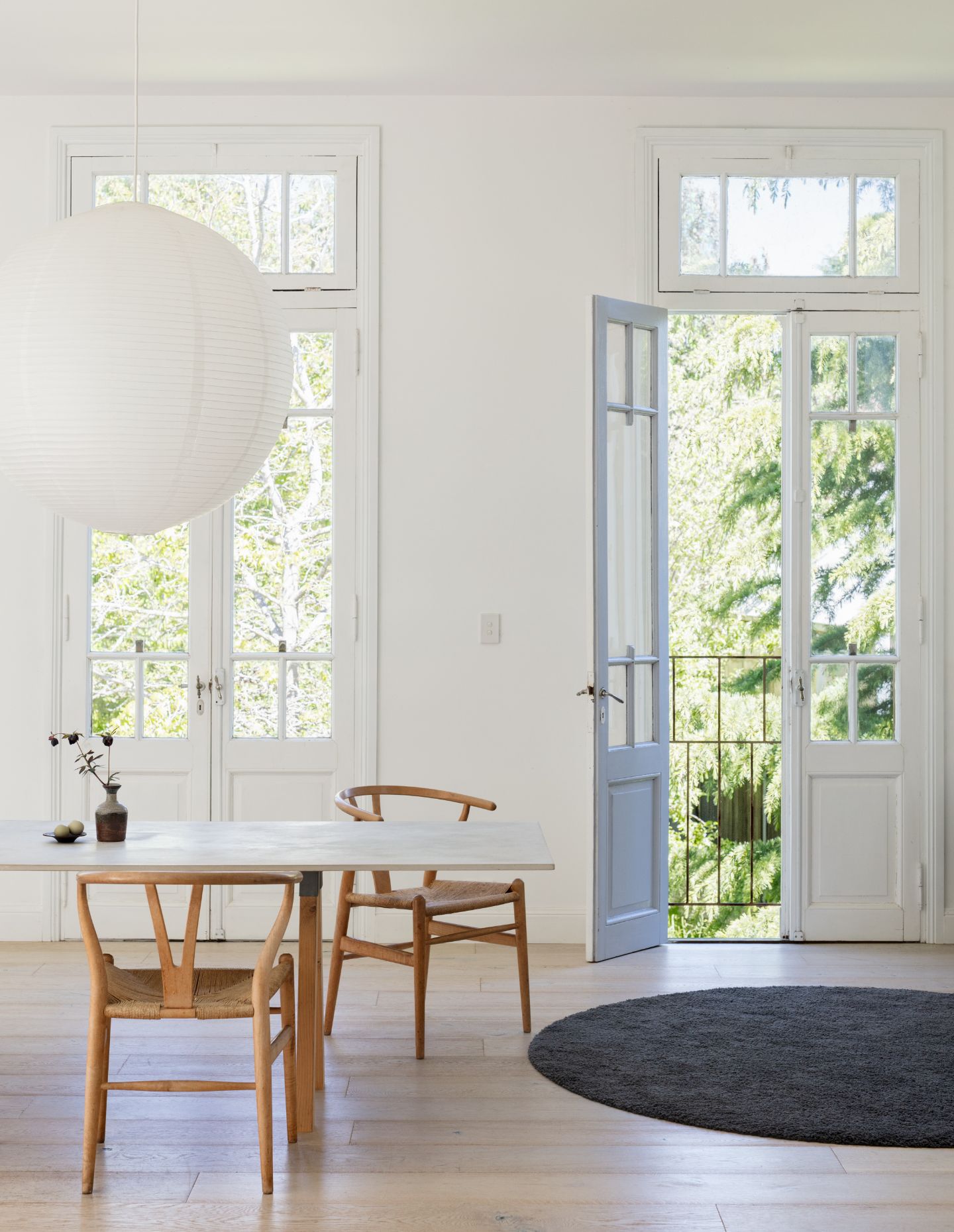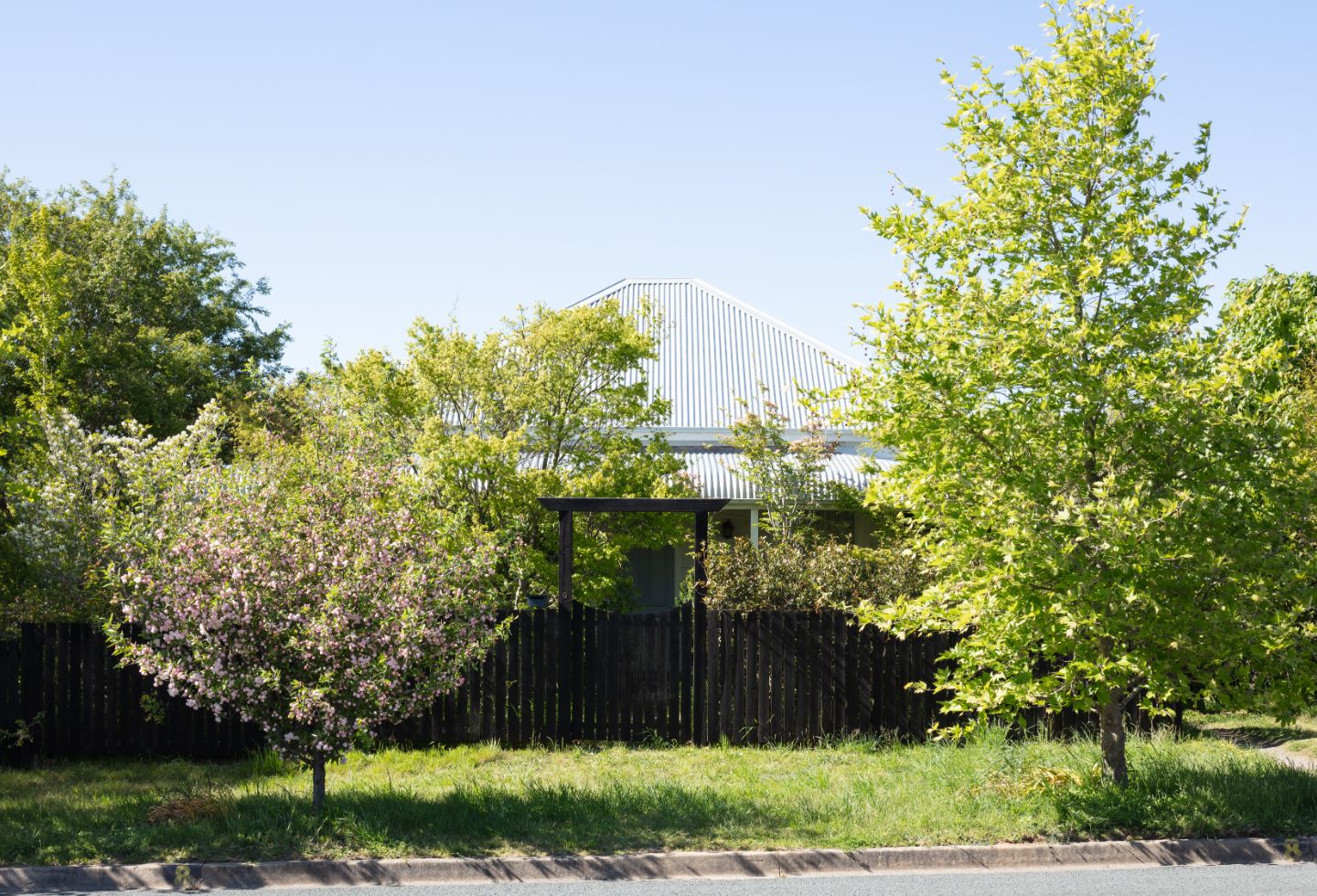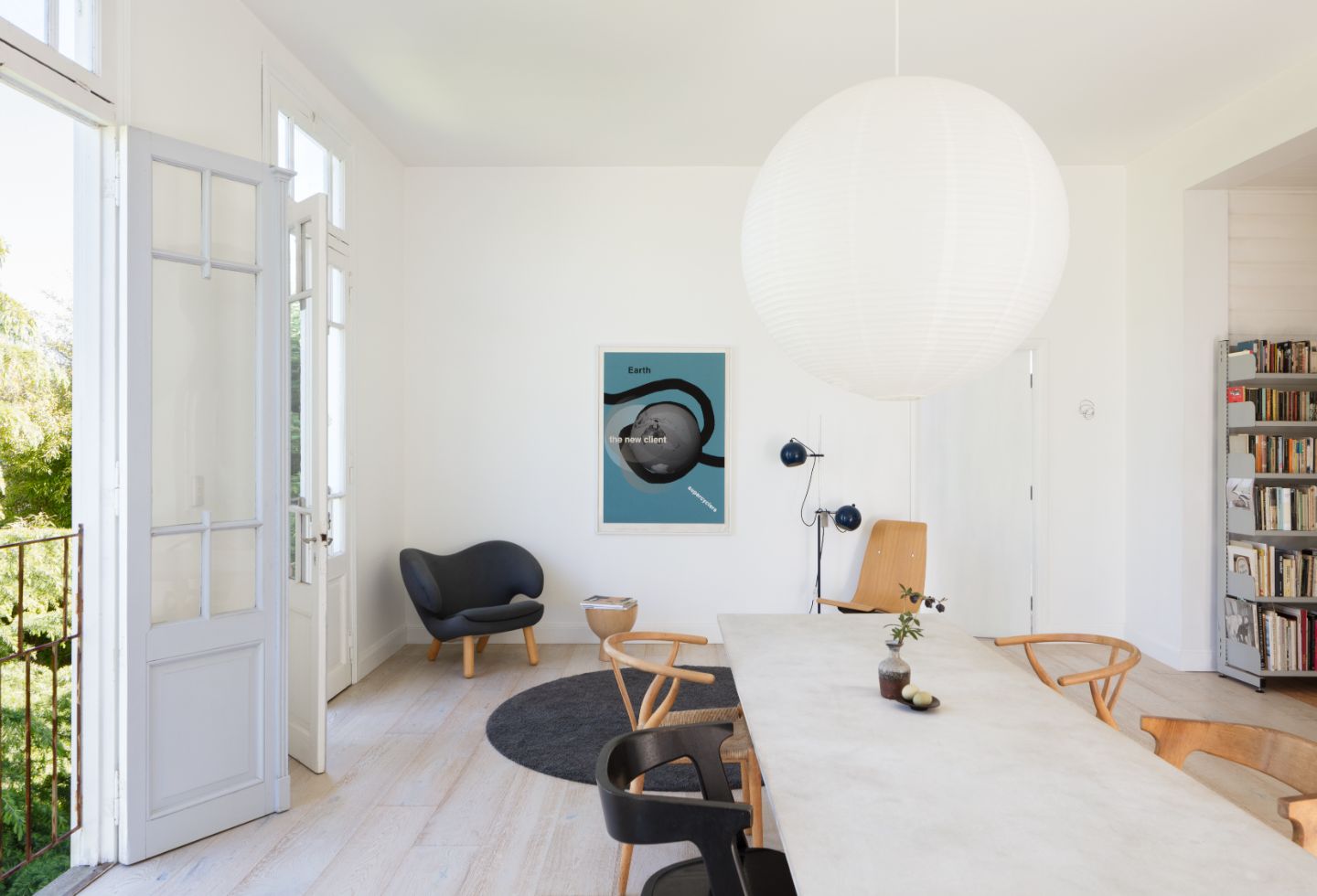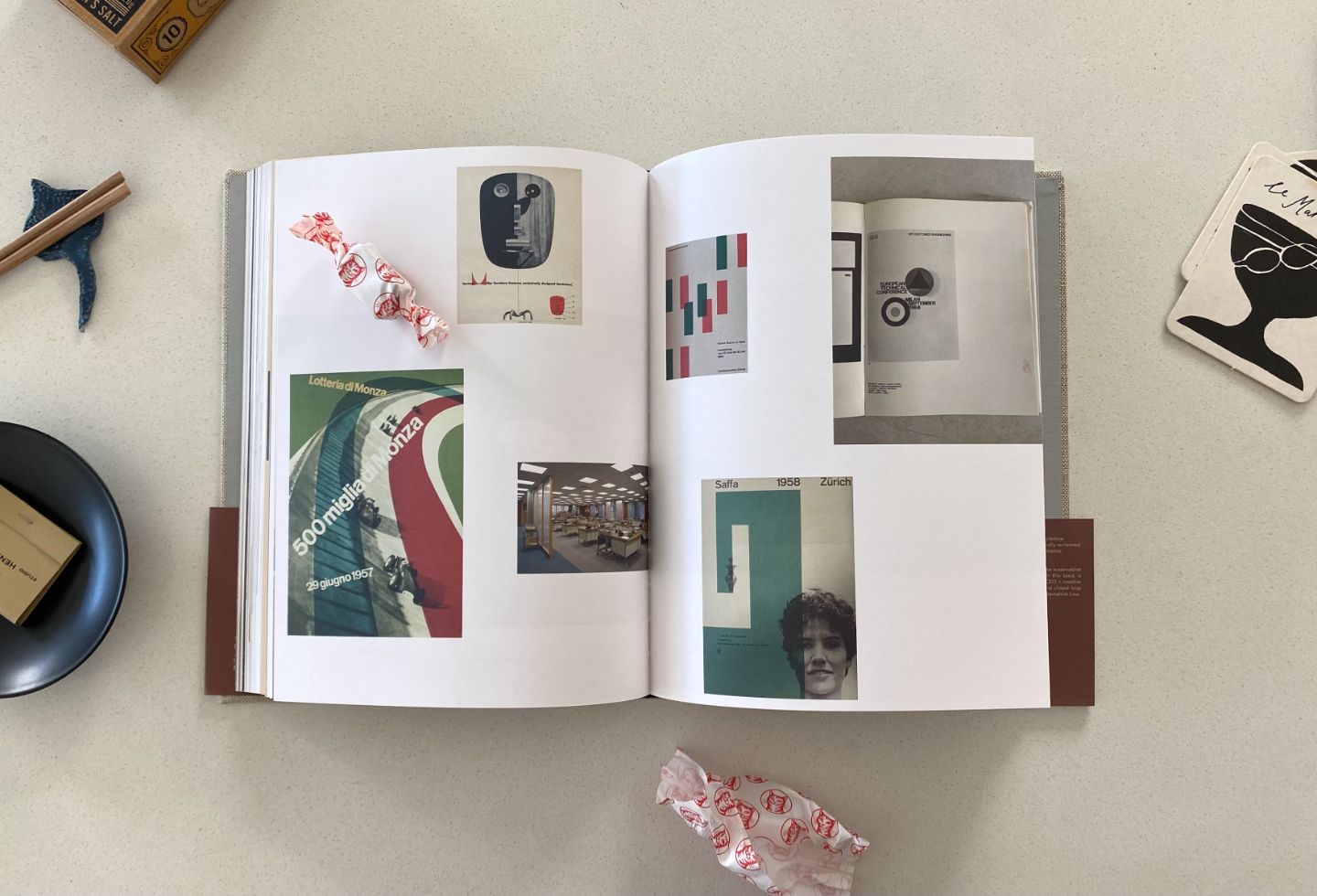Sarah K can count designer, activist and now book publisher, as strings in her bow. The book How to Create Things for the World Sustainably is exquisite in its tactility and generosity. Part manual, part case study it’s filled end-to-end with images and illustrations.
Of course, a book about how to design as sustainably as possible should in itself be created as sustainably as possible. Which is exactly what the polymath creative set out to do. But the path to produce a physical repository of her life’s work proved to be more challenging than expected.
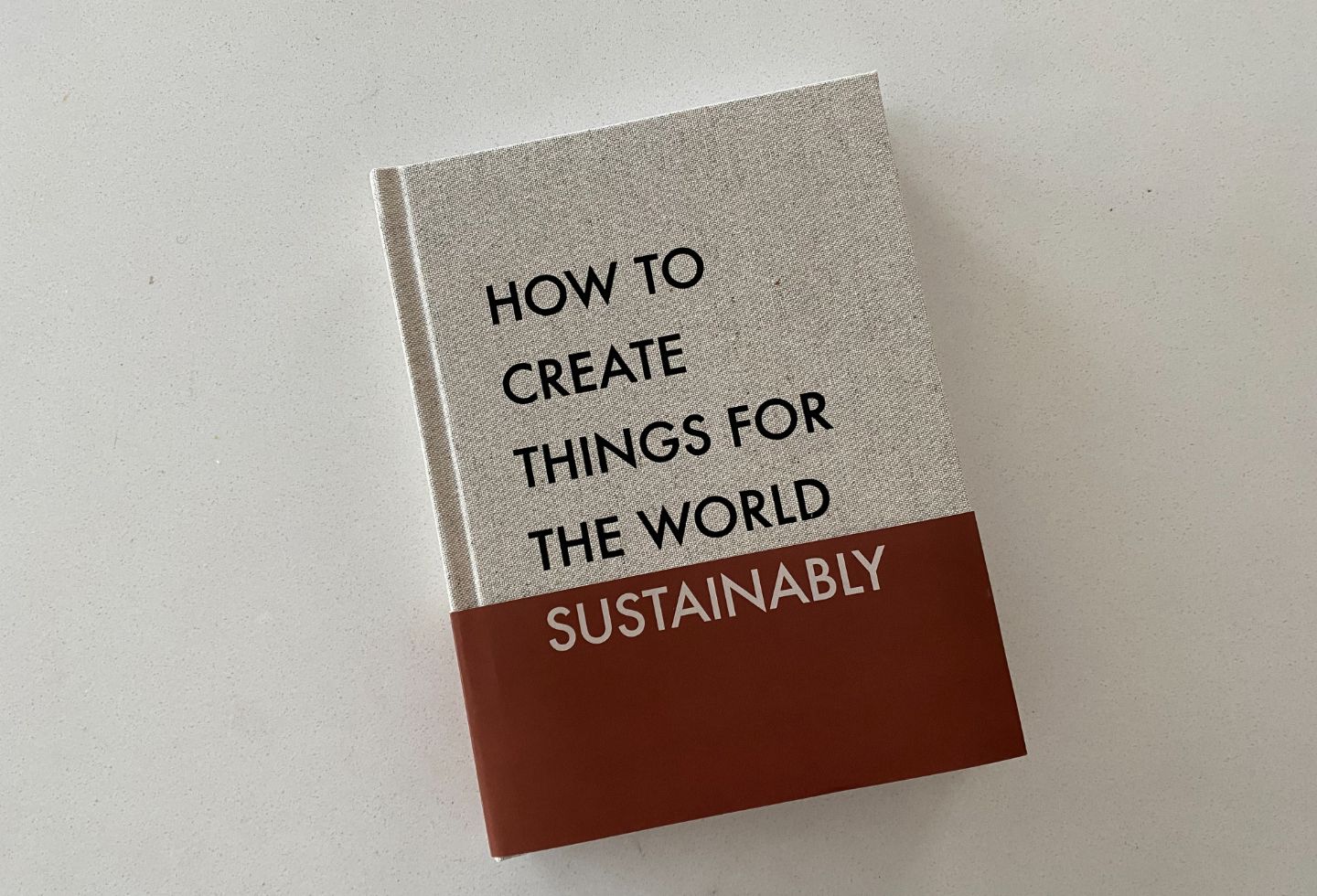
Firstly, the act of creating something new for the world and its subsequent contribution to the overload of already existing stuff calls its very purpose into question. As Sarah herself opens with in the introduction: “This book should really be called How to Make Things for the World as Sustainably as we Can. Because to be truly sustainable, we would make next to nothing.”
It was this line of thinking that launched Sarah’s ongoing project The Presence of the Absence. A manifesto that is the culmination of her 15-year investigation to find sustainable outcomes in the built environment. First presented at Salone del Mobile’s FuoriSalone program in 2022, the installation was about sparking debate on what the future might look like if we continue to add more products to the world – a particularly poignant moment to ask such a question. Visitors were prepared before entering with a simple placard noting ‘The Near Future’. Inside, the room was empty.
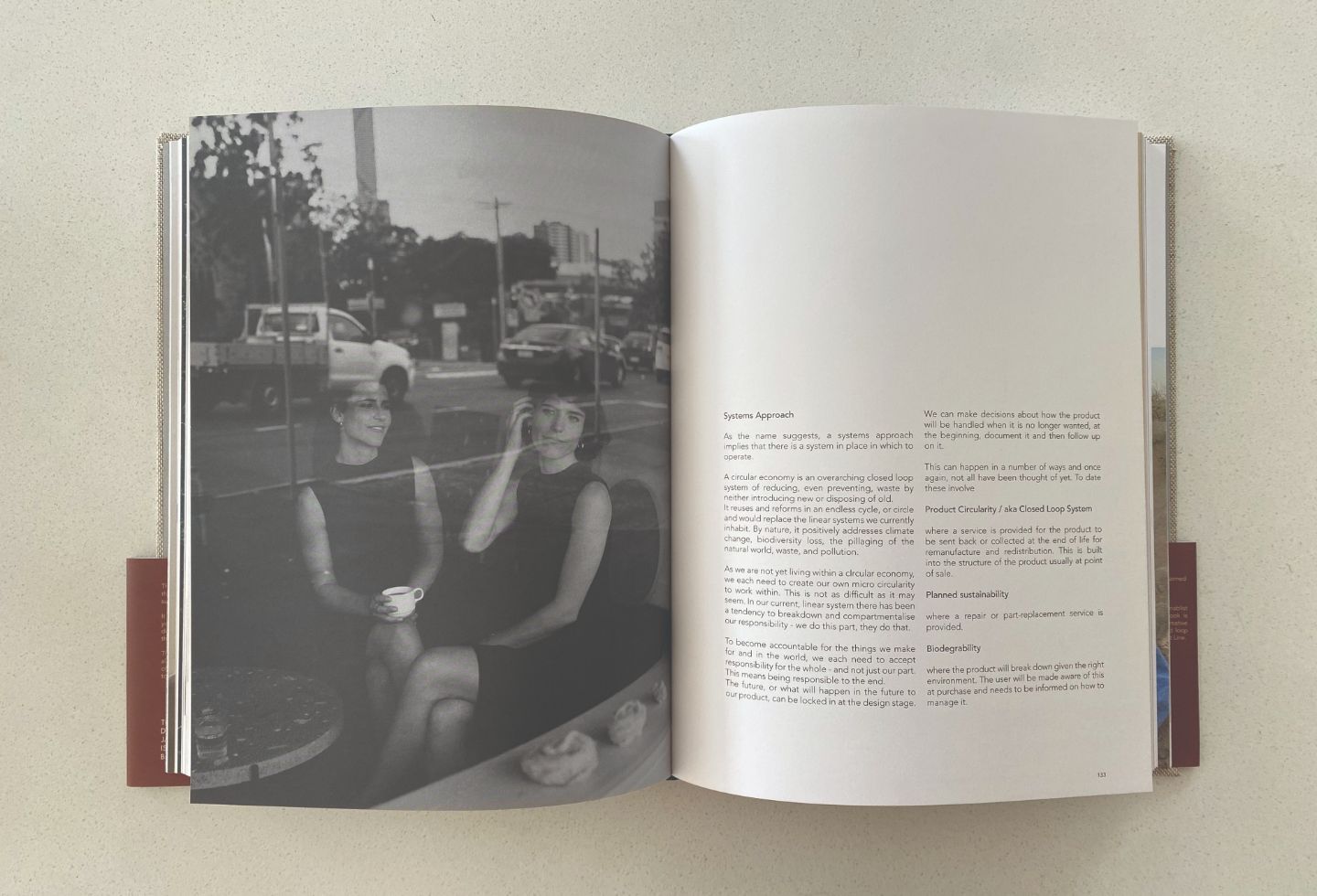
The book captures this ideology and so much more. From the educational frameworks that underpin Sarah’s Sustainablist Masterclass, to the work from her studio supercyclers, which was founded in 2011, alongside case studies of peers such as Studio Henry Wilson and The Establishment Studio.
Another challenge that came up when Sarah first went down the traditional publishing route came back to simple, logical decisions like paper stock. Sarah was adamant to have the book printed on 100 per cent recycled paper with natural inks – a no brainer – but the machinations of a large publisher meant this wasn’t going to be possible. In the end, Sarah stuck by her convictions and established her own publishing house, Near Future Publishing, in order to produce the book exactly how she wanted to.
With such a clear agenda, it’s no surprise that the book includes a deconstruction plan, and its end of life was a factor from the beginning, with it registered for return to manufacturer when no longer in use. In reality though, who could part with such a beautiful, ethical and educational work of art.
